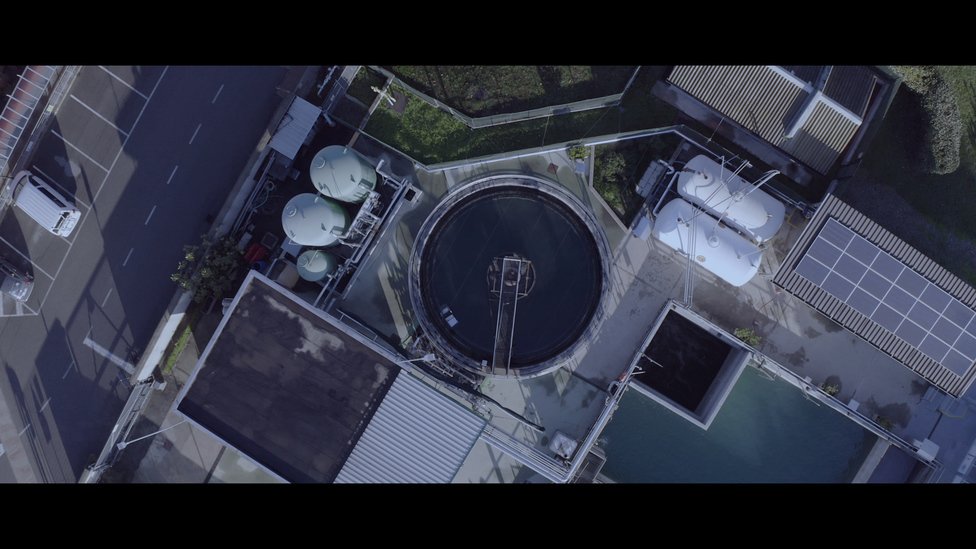What's a dry factory?
At L’Oréal, we use the term “Dry Factory” to refer to a plant where the only water consumption is that used in the composition of products (ex: water as raw material) or for human consumption (ex: water for coffee). This means that 100% of the water used for industrial processes, such as tank cleaning, is purified and reused for other processes on-site such as cooling or washing other types of equipment.

There are two major steps to becoming a dry factory. The first is find ways to reduce water consumption and the second is to recycle and reuse the water used for manufacturing processes.
Let’s take the example of shampoo.
We create this product by combining different active ingredients in a large tank. When finished, the shampoo is then put into individual bottles, leaving an empty tank with some minimal residue leftover. Before we can reuse the tank for the next batch, we need to make sure that the tank is cleaned in order to uphold our stringent quality and security standards. The tank is thus sprayed down and sterilized.
This is the first challenge: reducing overall water consumption. This is where we can focus on optimizing all of our manufacturing equipment and processes that use water.
The second challenge is to take this wastewater and make it reusable for other industrial processes without wasting a drop.
By re-treating the washwater leaving the water treatment system with the help of diverse technologies (including ultrafiltration1, reverse osmosis2, and evapo-concentration3), we are able to extract very high-quality water that can be used again and again in a closed loop, limiting the plant’s environmental impact.
There is no one-size fits all formula to creating a dry factory because much depends on existing infrastructure. The treatment and recycling of industrial water is quite new in the cosmetics industry, meaning that every project is a key learning opportunity for us.
So far, we have three dry factories at Burgos in Spain, Vorsino in Russia, and Settimo Torinese in Italy, all of which have inspired ideas for our other plants around the globe.
We aim to reuse water at every possible opportunity. We have committed to a 60% reduction in water consumption per finished product by 2020, from a 2005 baseline via our Sharing Beauty With All sustainability commitment. As we approach this goal, more and more of our plants are going to become dry factories.
Optimizing water efficiency in existing processes is the basis for any improvement, but by going further and reimagining our water cycles entirely, we can have a much bigger positive impact.
Dry factories are part of our sustainable commitments which led us to obtain the triple "A" score by the CDP in 2019.
1A type of membrane filtration in which various forces lead to a separation through a semi-permeable membrane.
2A process by which a solvent passes through a porous membrane in the opposite direction than that of natural osmosis; caused by differing pressures.
3Water is evaporated and filtered.